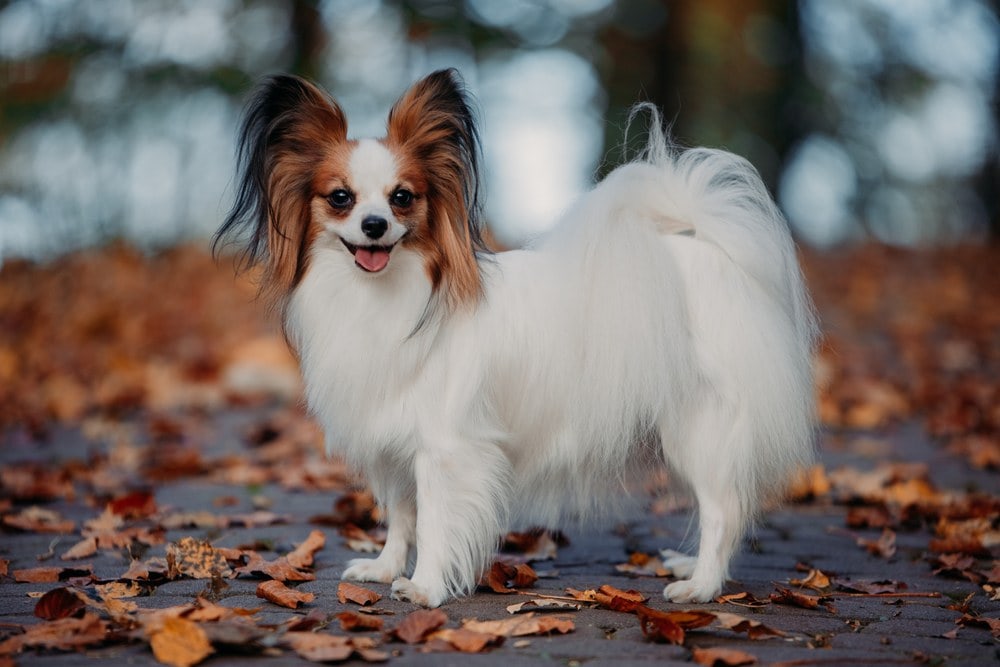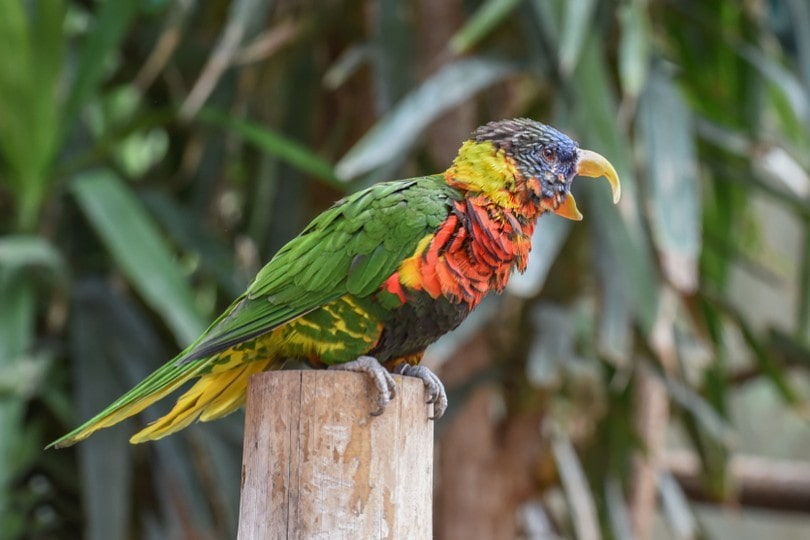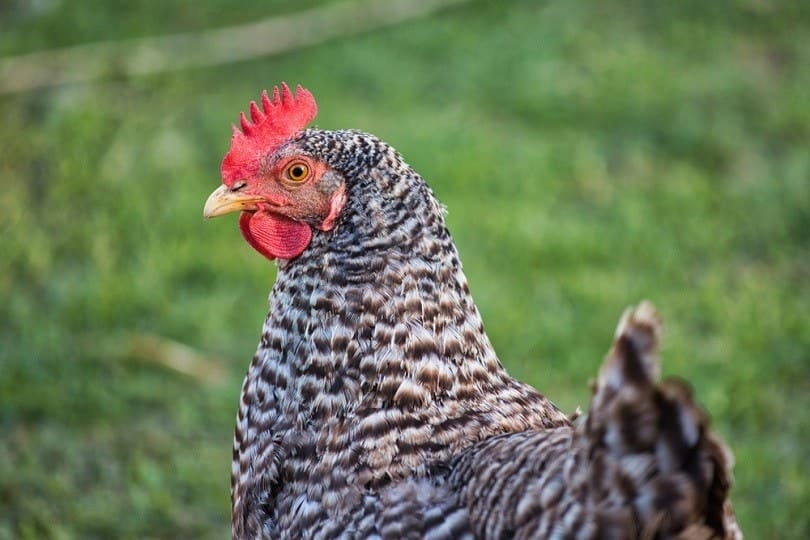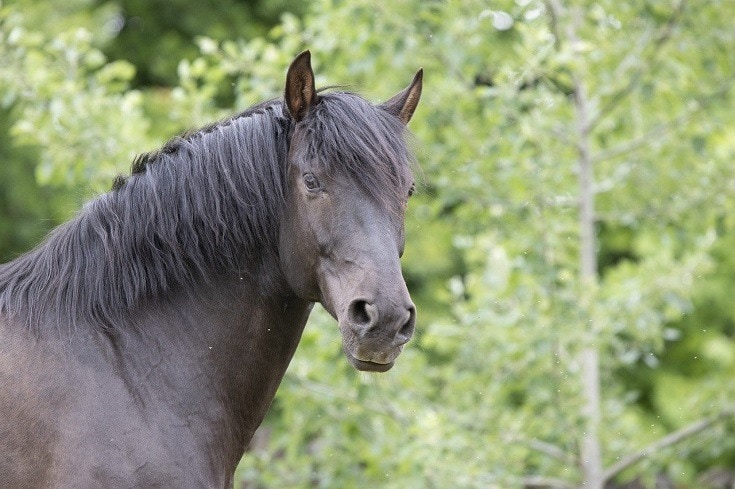Click Below to Skip Ahead
The Papillon is a beautiful dog known for their butterfly-like ears. However, there’s more to this dog than just their looks. Papillons have captured the hearts of many people and have been the perfect companion dogs for centuries.
Despite their popularity, their origins remain a mystery. All we know is that these intelligent and playful dogs have been a fan favorite and immortalized through portraits of famous artists.
Breed Overview
Height:
8–11 inches
Weight:
5–10 pounds
Lifespan:
14–16 years
Colors:
White and black, white and lemon, white and red, white and sable, white, black and tan
Suitable for:
Families with children, first-time owners, apartments
Temperament:
Affectionate, companions, confident, intelligent, eager to please
If you’re interested in bringing home a Papillon, make sure to read this guide to learn more about this dog’s unique traits and why so many people have fallen in love with them over the years.
Papillon Characteristics

Papillon Puppies

The American Kennel Club (AKC) first recognized the Papillon in 1915, and since then, professional and hobby breeders have bred these dogs. If you’re looking for a companion pet, a Papillon with a show dog pedigree isn’t necessary. Many hobby breeders sell healthy purebred Papillons. Just be wary of Papillon puppies that sell for low prices.
It can be a sign that they’re unethical breeders or puppy mills. Unfortunately, people may sell puppies without providing them with adequate health care. So, these puppies may end up costing you more if they have any health issues due to inadequate living conditions.
When you bring a Papillon puppy home, be prepared for an energetic pup asking for playtime with their owners. They are great dogs for first-time owners and make amazing companions for children.

Temperament & Intelligence of the Papillon
There’s a reason why so many people adore the Papillon. They have a wonderful temperament and can get along with almost anyone and any pet. They’re fun and energetic, and they love being around people. Since they’re also very intelligent and eager to please, they make great students of obedience.
These tiny dogs can do well living in apartments. However, they tend to be pretty vocal. So, if your apartment has strict noise rules and restrictions, be prepared to work on training them not to bark.
Are These Dogs Good for Families? 👪
Papillons prefer to be with families because they’re companion dogs. They’ll do best in settings where there will be at least one person always present with them at home. They don’t like being by themselves and get stressed out and depressed if they’re home alone for too long.
In general, dogs benefit greatly from early socialization, and the Papillon is no exception. Papillons typically do very well with children. Since they’re small, it’s unlikely they’ll engage in any roughhousing with small children that can cause injuries.
However, Papillons are very active, especially when they’re young puppies. Therefore, always supervise them and children when they’re playing and interacting with each other. Young children may accidentally fall over as they try to keep up with an energetic Papillon zooming around a room.
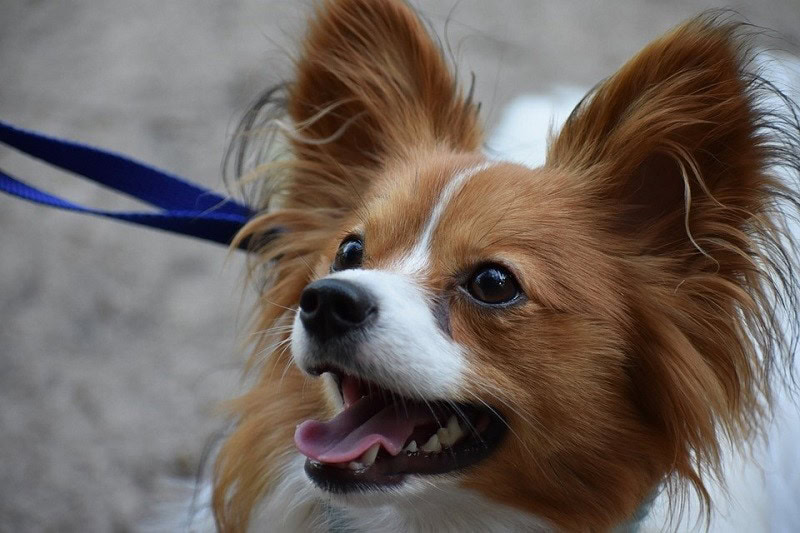
Does This Breed Get Along With Other Pets? 🐶 😽
Papillons prefer human companionship. However, they’re good-natured dogs that typically get along with other dogs and pets in the house. As with young children, early socialization will greatly increase the likelihood of Papillons successfully living with other pets.
Slowly introduce Papillon puppies to other animals to prevent them from feeling overwhelmed or stressed out. Since they are so small, they can easily get bulldozed by a larger dog. Also, they have a Spaniel background, so some may have a strong prey drive. Therefore, Papillon puppies shouldn’t be left unsupervised until a bond has formed between them and the other pet.

Things to Know When Owning a Papillon
Getting to know a Papillon’s specific needs will help them thrive and bring out their fun personalities. Papillons are relatively healthy and low-maintenance compared to other purebred dog breeds, but they still have breed-specific requirements.
Food & Diet Requirements 🦴
Papillons have a lot of energy, so they’ll benefit from a high-protein diet. If you decide to feed your Papillon dry food, choose a recipe with smaller kibble sizes for toy breeds. It’s essential to give proper portions to a Papillon because they are prone to obesity.
Depending on how much daily exercise Papillons get, they can eat between ¼ cup to ½ cup of food a day. Avoid foods that are carb-heavy because extra carbs make it easier for Papillons to gain weight. Working with an experienced veterinarian can help you come up with the best meal plan for your Papillon.
Exercise 🐕
Compared to other toy dog breeds, Papillons have a lot of energy. They’ll do best with at least 40 minutes of exercise a day. They benefit from daily walks where they can roam around the neighborhood and indulge their curiosity. Since they are fast dogs, they’ll enjoy playing fetch or letting loose by running around a fenced-in yard.
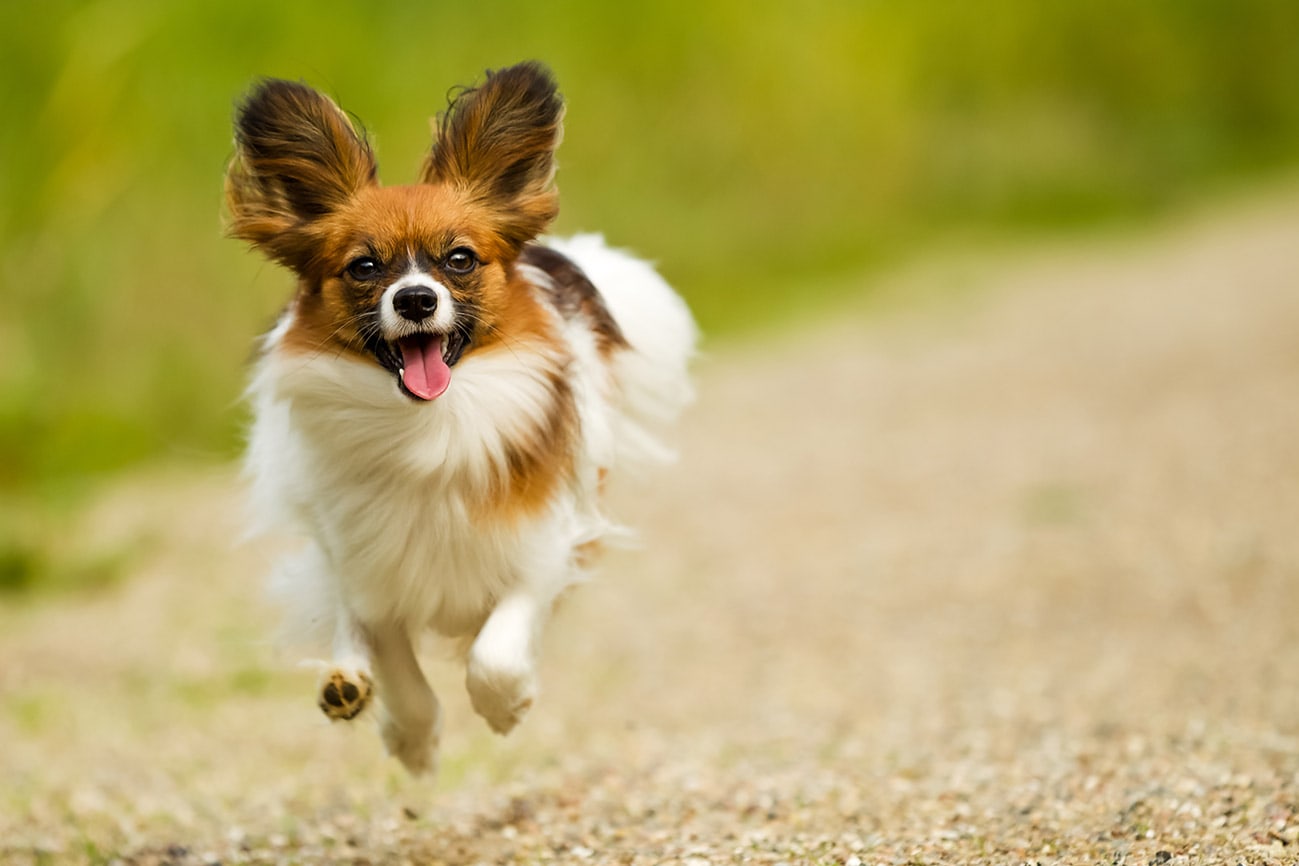
Training 🎾
Papillons are easy to train and eager to please, so they’re great for first-time dog owners. Although they have a high level of trainability, owners shouldn’t slack off on training. Papillons benefit from developing a solid foundation in basic obedience training. They naturally love to learn, so training can be an excellent way for owners to bond with them.
After Papillons successfully graduate from basic obedience training class, they’ll learn new tricks quickly. They need mental stimulation, so they may enjoy playing with puzzle toys and treat-dispensing toys. The Papillon is also a good candidate for agility and obedience competitions.
Grooming ✂️
Papillons have a long and silky single coat that requires minimal care. The coat doesn’t tangle easily, but it does shed minimally. So, it’s best to brush the coat at least once a week with a slicker brush and a steel comb.
If you experience shedding issues with a Papillon, you can try using a deshedding tool. Papillons don’t really have any strong natural odors, so they don’t require a lot of baths. If your Papillon doesn’t get into anything dirty, a monthly bath should suffice. You don’t want to overdo it with baths because it can dry out the skin. When you give a Papillon a bath, make sure to use a gentle shampoo formula because some Papillons are susceptible to atopy.
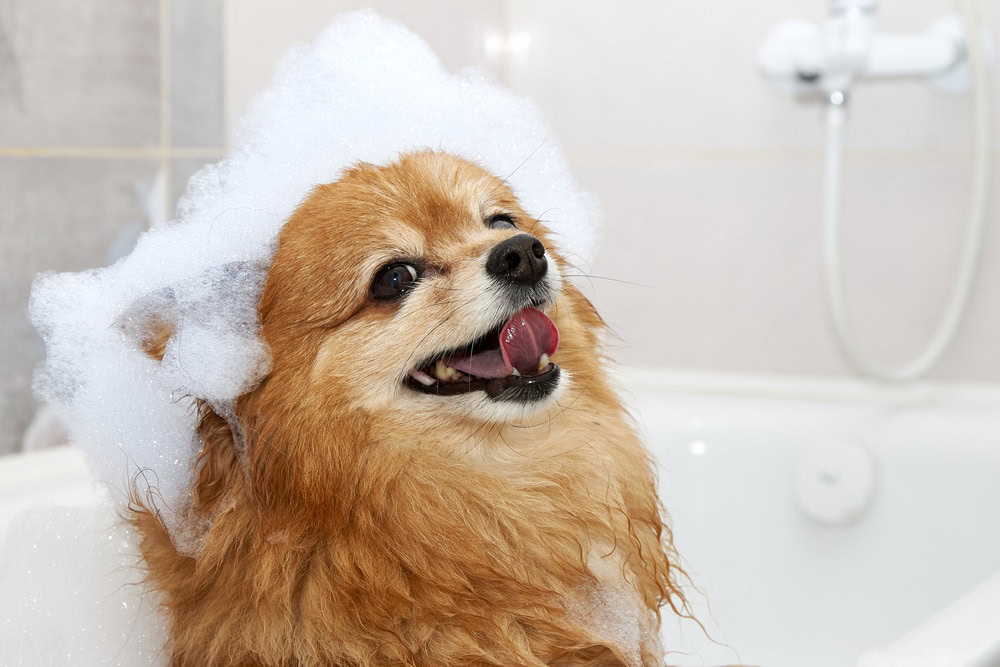
Health and Conditions 🏥
The Papillon is a relatively healthy purebred dog but can develop minor health conditions when they’re older. These conditions are usually treatable, and Papillons can adapt and live without a significant drop in their quality of life.
However, they can become more harmful if they’re untreated. Therefore, make sure to be consistent with annual visits to the vet so that you can regularly monitor the Papillon’s health conditions.
- Patellar luxation
- Progressive retinal atrophy (PRA)
- Food allergies
- Atopy
- Von Willebrand’s Disease (VWD)
- Seizures
- Intervertebral disk disease (IVDD)
Male vs. Female
There isn’t proven research that backs the popular idea that male Papillons have stronger companionship qualities than female Papillon dogs. However, many Papillon owners have stated that male papillons are more relational and need to be around people. Sometimes, they can be too clingy for dog owners.
On the other hand, female Papillons can be more independent and confident. However, they may be a little more difficult to train at first because they can be a little more standoffish. Another difference between male and female Papillons is their size. Males tend to be a couple of inches taller than females.
Overall, every Papillon is unique. Therefore, it’s better to get to know their personalities rather than relying solely on their sex.


3 Little-Known Facts About the Papillon
1. Papillons Rank Number One Within the Toy breed group as the Best Performers in Obedience Competitions.
Papillons are highly intelligent dogs that are eager to please their humans. They’re also very confident and often forget about their small size. Unlike other toy dog breeds, Papillons usually dive headfirst into a challenge or new situation without any hesitation. Timidness isn’t naturally in their DNA.
This combination of traits makes the Papillon an excellent candidate for agility and obedience training competitions. They learn quickly and tend to respond very well to praise and treats. In fact, in 2019, a Papillon named Gabby won first in her class at the Westminster Kennel Club’s agility competition.
2. French Queen and Icon Marie Antoinette Owned a Papillon Named Coco.
Marie Antoinette owned many dogs while she was Queen of France, but her favorite pet was Coco the Papillon. Coco outlived Marie Antoinette and survived the French Revolution. Coco lived through the entire Napoleonic era and past Napoleon’s defeat.
Coco lived a full life of 22 years, and the dog’s final resting place is in the gardens of the Hôtel de Seignelay. Guests of Hôtel de Seignelay can visit Coco’s gravestone, which isn’t too far from the spot where Marie Antoinette was beheaded.
3. Papillons Have Appeared in Many Paintings and Portraits Since the Late 15th century.
Both Papillon owners and painters loved featuring them in paintings. Along with being included in family portraits, the Papillon also appeared in religious paintings. Famous painters, such as Titian, Goya, and Rembrandt, have all painted Papillons multiple times.

Final Thoughts
Papillons are family-oriented dogs that thrive on companionship. They’re great for first-time dog owners because they’re intelligent, have simple grooming needs, and have relatively healthy genetics.
With all we know about these good-natured and friendly dogs, it’s no surprise that they’ve remained so popular for so long. Papillons have brought a smile to so many faces with their fun personalities, and we’re sure that they’ll continue to be a beloved breed for many more years to come.
Featured Image Credit: AndyBir, Shutterstock
